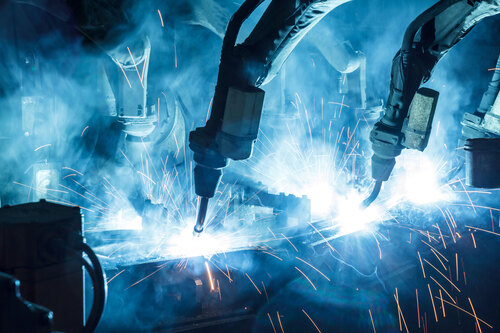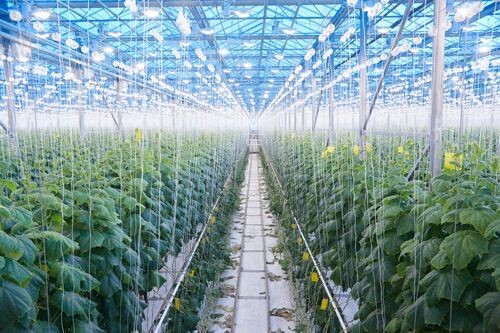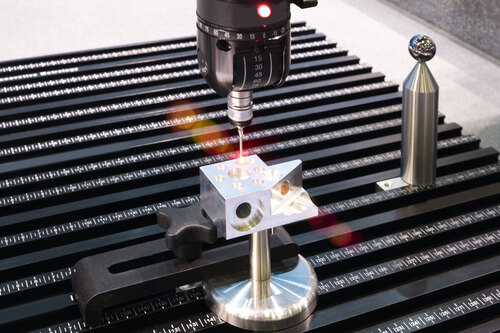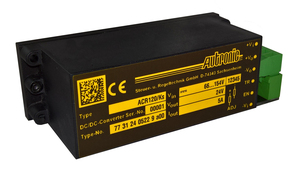What are the benefits of using potted material?
Potted material helps to insulate and protect the electronics within the converter from shock, vibration, and extreme temperatures. This helps to ensure reliable operation of the converter, even in harsh environments.
Potted material also helps to improve the thermal performance of the converter by providing a good heat sink for the electronic components. This can help to extend the life of the converter by preventing overheating.
Potting helps to distribute the internally generated heat in order to reduce the thermal load on the individual components. The advantage is that this can significantly extend the service life of the overall device. Furthermore, potting allows power supplies to be built much more compactly, since the potting between the components has an insulating property and thus air and creepage distances do not pose a problem; in addition, a PSU becomes more stable against shock and vibration.
Do all railway power supplies have potted material?
No, not all railway power supplies have potted material. Potted material is typically only used in converters that are exposed to harsh environments or that require a high degree of reliability.
No, potting is not mandatory, but it helps to make a power supply as compact as possible.
Autronics ACR120 offer potted material this particular power supply has been a proven case for train control systems, central supply for switches and repeaters or seat reservation systems.







